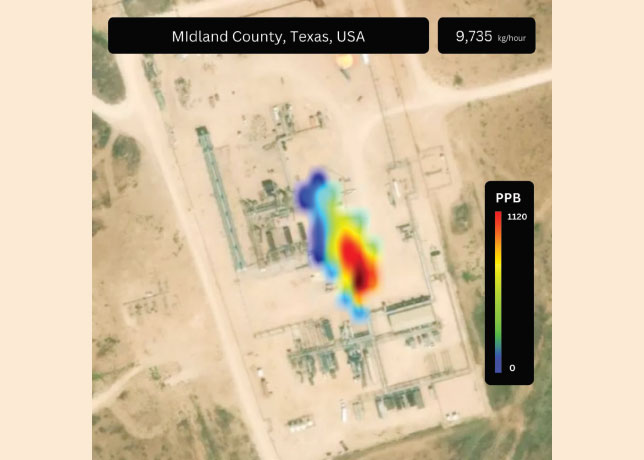
 COP29 lays the groundwork for a global carbon market
COP29 lays the groundwork for a global carbon market
A landmark deal was reached by leaders at COP29 on carbon credit trading, establishing new rules for how countries can trade emissions reductions and create funding opportunities to combat climate change.
The deal finalised the much-debated rules for Article 6 of the Paris Agreement. However, the agreement has left many experts questioning whether the rules are robust enough to ensure the carbon market operates with the necessary transparency and accountability.
The Article 6 rules adopted at COP29 are intended to lay the groundwork for a global carbon market, helping to accelerate emissions reductions, especially in developing countries.
The framework is designed to facilitate trade between countries and companies, where emissions cuts made in one country can be purchased and used by another to meet their climate targets. This approach is expected to unlock billions of dollars in capital for climate action.
But the complex nature of the negotiations raised significant concerns. One of the key challenges lies in the lack of accountability for countries that fail to comply with carbon credit agreements.
The rules stipulate that inconsistencies in carbon credit transactions must be addressed, but there are no clear penalties or deadlines for action, leaving room for non-compliance.
Moreover, the lack of oversight could lead to the trading of substandard carbon credits, undermining the credibility of the market.
TRANSPARENCY: A STEP FORWARD, BUT NOT ENOUGH
While the agreement includes some improvements in transparency, such as requiring countries to publish information when they approve carbon credits, critics argue that it does not go far enough.
Jonathan Crook, Policy Lead on global carbon markets, pointed out that crucial information about trade deals such as risks of reversal or uncertainties in quantification may not be made public until long after the credits have been used, potentially years down the line.
"The package does not shine enough light on an already opaque system," Crook said, stressing the continued risks in carbon trading despite modest improvements.
The complexity of the new system, particularly under Article 6.2, means that developing countries will not be required to create their own carbon credit registries.
Instead, an alternative system will be set up, but questions remain about how quickly and effectively it will be implemented.
The deal also touched on Article 6.4, which governs the use of carbon credits from emission reduction projects.
The COP29 outcome was seen as a breakthrough in the establishment of a global carbon market, but some aspects of the decision raised alarm bells.
In particular, the refusal to impose additional checks on old Clean Development Mechanism (CDM) projects under the Kyoto Protocol means that these credits could continue to be issued with limited scrutiny. This raises concerns about the quality of credits coming from such projects.
Federica Dossi, a policy expert on global carbon markets, stressed that it is now up to the Article 6.4 Supervisory Body to ensure that the carbon credits issued under this mechanism are of higher integrity than the credits generated by older CDM projects.
"Much lies in the hands of the Supervisory Body now," Dossi remarked. She added that if the body fails to take stronger action, it could result in a low-trust market where carbon credit prices fall and interest dwindles, ultimately rendering the entire system ineffective.
THE ROAD AHEAD
Despite these challenges, some remain hopeful that the deal reached at COP29 will pave the way for more robust climate finance and market-based solutions to carbon emissions.
Sebastien Cross, co-founder of the carbon ratings agency BeZero Carbon, noted that the deal lays a stronger foundation for the carbon market.
"With proper implementation, Article 6 will unlock billions in capital flows, a large part of which will go toward developing nations," he said, emphasising that the framework could still provide significant benefits if executed correctly.
In the years ahead, it will be critical to monitor the implementation of the rules and the functioning of carbon credit systems, particularly as the market expands and the pressure to meet climate targets intensifies.
As the world faces the mounting challenge of addressing climate change, the integrity of the carbon credit market will be a key factor in determining its effectiveness in driving global emissions reductions.





















































































